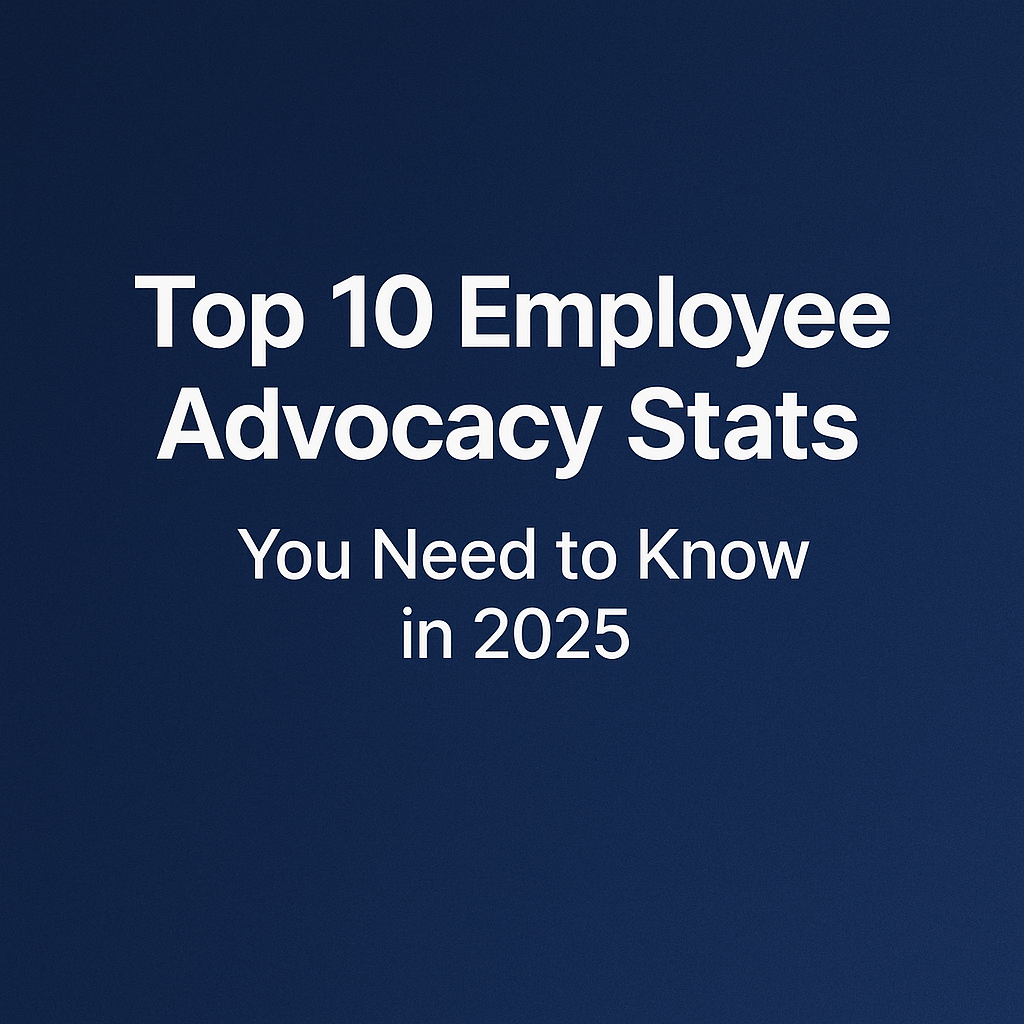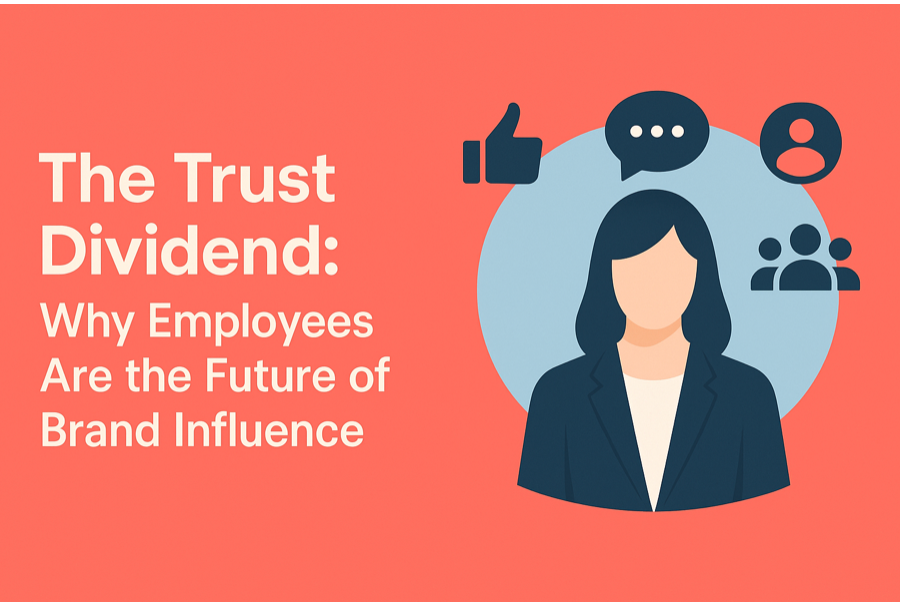Employfluence: The Hidden Driver of Sales Success

Employee Advocacy: The Hidden Driver of Sales Success
The most advanced sales operations don’t just rely on traditional tactics—they leverage employee engagement as a key part of their sales strategy. By turning employees into advocates, businesses can improve the value of their sales pipeline, build trust with prospects, and drive more meaningful connections. Here’s how:
1. Build Trust Through Authentic Engagement
People buy from people they trust. When employees share insights, case studies, or personal experiences, their content feels more credible and relatable than polished corporate messaging.
-Humanizing the Brand: Employee advocacy showcases the people behind the company, creating an emotional connection with potential buyers.
-Reinforcing Success Stories: Consistently sharing wins and company culture helps prospects become familiar with the business and its achievements.
-Aligning with Buyer Values: Authentic content positions the company as a trusted partner rather than just another vendor.
2. Reach New Customers Organically
Struggling with declining organic reach? Rising ad costs? Employees can cut through the noise and extend brand visibility to audiences beyond the company’s own channels.
-Tapping Into Employee Networks: Employees have professional connections that may be a perfect fit for your product or service.
-Building Warm Leads: Prospects who see relevant content from an employee they trust are more likely to engage.
-Cost-Effective Awareness: A single employee’s post can reach hundreds of potential buyers without the need for paid media.
3. Engage Prospects Beyond the Pitch
The big sales pitch is done, now what? The key to converting leads is keeping the momentum going.
-Post-Pitch Confirmation Strategy: Employees can share articles that address decision-makers’ pain points, reinforcing the value proposition.
-Educating the Buyer: Providing relevant content throughout the sales journey helps prospects feel informed and confident.
-Staying Top-of-Mind: Continuous engagement through employee posts ensures the brand remains visible even after initial conversations.
4. Unlock Hidden Leads Through Employee Connections
Your employees are sitting on a network of untapped potential leads—ex-clients, former colleagues, industry peers, and personal contacts.
-Natural Warm Introductions: Leads may feel more comfortable reaching out to an employee rather than a corporate sales email.
-Keeping Networks Engaged: Sharing company innovations, milestones, and industry insights ensures employees’ connections stay informed and interested.
-Building a Referral Culture: Employees who actively share and engage with their industry can attract more inbound inquiries.
5. Reduce Churn and Increase Customer Lifetime Value
Beyond just closing deals, employee advocacy helps strengthen customer relationships and brand loyalty.
-Fostering Genuine Engagement: When employees interact with customers, it creates a personal connection beyond a transactional relationship.
-Encouraging Advocacy and Referrals: Employees who are active on social media can naturally generate word-of-mouth recommendations.
-People Buy from People: A company where employees are seen as approachable, knowledgeable, and invested in customer success fosters long-term business relationships.
The Future of Sales is Personal
By empowering employees to become brand advocates, businesses can unlock a new level of trust, engagement, and sales efficiency. Employee advocacy isn’t just a marketing tool, it’s a sales accelerator. Ready to turn your workforce into your strongest sales asset?
Contact Us
We will get back to you as soon as possible.
Please try again later.



